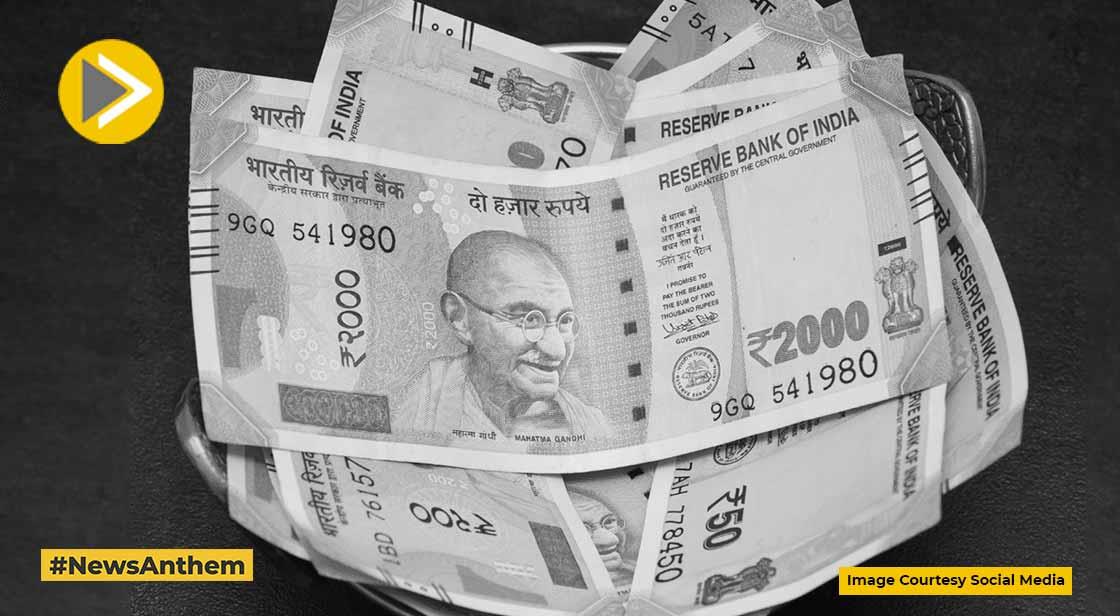Trade in National Currencies to Boost India's Trade with Central Asia and the Rest of the World

News Synopsis
India's decision to allow International Trade in National Currencies can be regarded as a watershed moment, enabling not only Rupee-Rouble trade but also New Delhi's trade in the immediate and extended neighbourhood, including Iran, Central Asia, and the South Caucasus.
The new decision is expected to stimulate trade through the International North-South Transport Corridor (INSTC). INSTC will use both the Bandar Abbas and Chabahar ports in Iran.
The internationalisation of the rupee could result in the multipolar financial structure envisioned by the BRICS. The Central Asian states and the Southern Caucasus have strong links with the Russian systems, and India's trade with this region in national currencies would be beneficial to businesspeople in this region.
According to experts, a multipolar financial structure could lead to a multipolar world order and more complex systems of economic interdependence between major countries, a decrease in interstate conflict as a result of this and the more equal balance of power between them, and the development-driven policies that this would inspire their governments to implement as a result.
Former Russian President Dmitry Medvedev on Tuesday stressed on Rupee-Rouble Arrangement and BRICS reserve currency amid global economic slump.
You May Like









